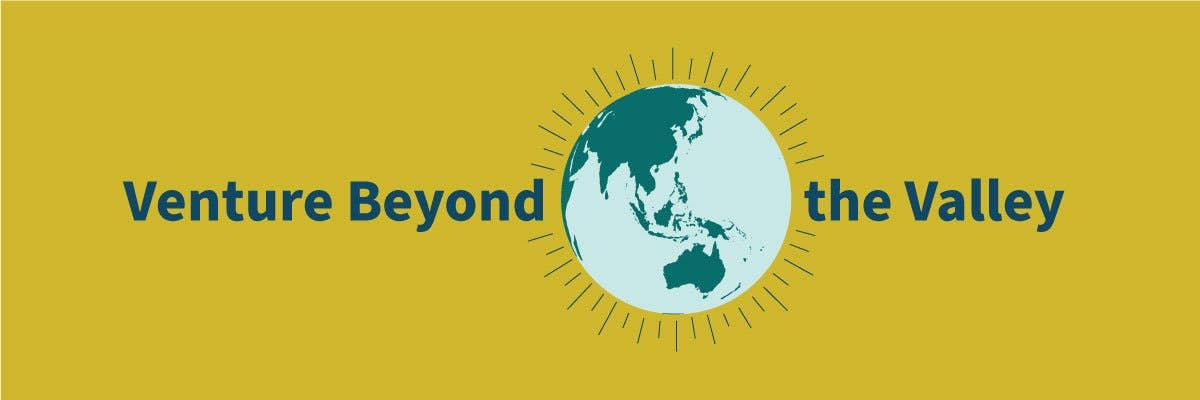Emerging Markets: 5 Questions with Kolors Founder and CEO Rodrigo Martínez
New EMF investment Kolors is a Mexico-based smart intercity bus line “uberizing” the intercity bus industry in LatAm

This series focuses on promising ventures beyond Silicon Valley and across the world.

What problem is Kolors addressing?
Rodrigo Martínez:We’re transforming the hyper-traditional $100 billion intercity bus industry across Latin America and other emerging markets — a mode of transport used by billions of passengers a year. We have an asset-light model, where we partner with small and medium-size bus lines where they own, drive and maintain their buses and Kolors does the rest, through a tech, data and customer experience-driven approach we operate our ecosystem as an airline-on-wheels, we have and are creating new airline style technology for the intercity bus industry, a first for the industry. We help our partners unlock revenue while providing passengers with the best travel experience at an incredible price — up to 60% compared to incumbents in the industry.
You’re talking about every Mexican traveling by intercity bus seven or eight times a year, on average. And again, that’s only Mexico.
What inspired your entrepreneurial ambitions?
Martínez: I’ve always been passionate about technology and how it can transform everything that touches. Plus, I’ve been around buses my whole life being a third-generation bus operator; my family has been involved in the bus industry for the past 70 years. It also doesn’t hurt that it’s a massive opportunity. In emerging markets, and LatAm specifically, buses are a main mode of transportation when it comes to intercity mobility. In Mexico alone, there are almost 1 billion passengers that travel by intercity bus on a yearly basis. For a country that has 125 million people, you’re talking about every Mexican traveling by intercity bus seven or eight times a year, on average.
And again, that’s only Mexico. When you add up all of Latin America, you’re talking about two to three billion passengers annually. Brazil and Mexico are the two largest markets in Latin America, and two of the four largest intercity bus markets in the world after China and India. Our beachhead is Mexico, but our plan is to grow Kolors into one of the most important intercity mobility companies in the world.
What challenges and opportunities do you experience as an emerging markets company?
Martínez: My first company was based in Silicon Valley. When I switched gears to launch a startup in LatAm, we learned that you can’t just copy and paste a product that works in a more mature market and put it in an emerging market. A clear example of that is e-commerce, which is growing like crazy here in Mexico. But while the population is on its way to being digitized, it’s not fully there yet. It’s not like Europe or the U.S. where you can say, “We only take credit cards.” Cash is still a big part of LatAm society. Yes, it’s changing, but we had to make sure that we created a business that considered both the opportunities and differences that you have in this type of market.
The other big challenge that we’ve encountered is talent. You have companies like Microsoft, Facebook, and Google coming to universities and poaching some of the best talent in Mexico or LatAm. Things are shifting a bit now that we have a startup ecosystem developing in LatAm, and a lot of those people are coming back. My Co-Founder Anca Gardea and I are clear examples of this. We moved to Mexico from Silicon Valley and built a startup with a focus on an emerging market.More text content goes here.
How has fundraising in Latin America differed from Silicon Valley?
Martínez: I can feel the difference from when we raised our first round in February 2020, specifically the way VCs are seeing LatAm and Mexico in particular. When you talked about investing in LatAm a few years ago, that only meant Brazil and Argentina. Then along came Rappi, and that started creating momentum around Colombia.
But Mexico has not really been on the map for a lot of VCs until very recently, and by that I mean just the last ~12 months. Things are starting to shift as VCs see successful startups like Kavak, which raised a $485 million Series D at a $4 billion valuation. Even two years ago, a company raising hundreds of millions of dollars was unheard of here in Mexico. I feel like it’s going to have the same effect Rappi had for Colombia. It makes investors say, “You can build billion dollar companies in Mexico.” I think it has a trickle-down effect on all stages of the fundraising process.
We are a clear example of what is happening today in LatAm, and Mexico specifically, as Kolors now has an amazing roster of investors including one of the founders of Uber.
Why did you partner with Alumni Ventures?
Martínez: Most VCs are not familiar with the intercity bus industry, even in the U.S. or in Europe, and many are hesitant around investing in LatAm, as well. So that combination made it challenging to find the right VC partner.
However, when we were introduced to Catherine Lu and Marco Casas from Alumni Ventures’ Basecamp Fund, I felt like they really got us from the beginning and understood the potential. They ended up being our second “Yes,” just behind our lead. Their conviction made us want to work with them and helped other investors also see our potential.
Since then, Catherine and Marco have always been there, helping me with intros as well as giving us sound advice and perspective. For example for our latest round we kept receiving emails with intros to different funds as a result of their outreach. Whenever I send them an email or request something, they always say, “Yes, how can we help?”
Contact [email protected] for additional information. To see additional risk factors and investment considerations, visit av-funds.com/disclosures.